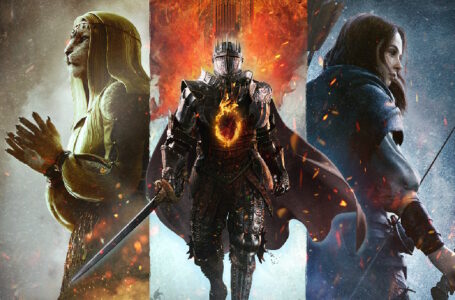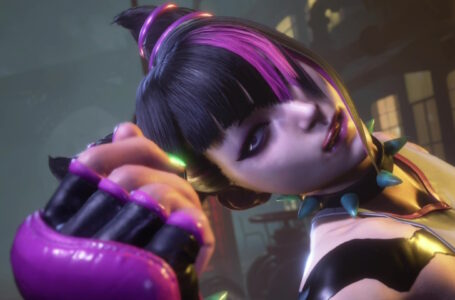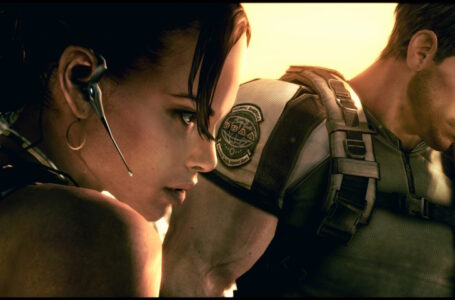Final Fight: defining a genre
There were beat ’em ups before 1989’s Final Fight — most notably Technos Japan’s Double Dragon titles and Konami’s classic Turtles adaptation — but it was most definitely Final Fight which had the greatest impact on the genre as a whole, helping to codify a variety of tropes from mechanical, presentational and narrative perspectives.
To get an idea of just how influential Final Fight really is, just play pretty much any reasonably well-known beat ’em up that came out after it, and you’ll see enemy types and designs that are flat-out lifted from Final Fight, even in established classics of the genre such as the wonderful Streets of Rage 2. In some cases, you’ll even see playable characters that bear an uncanny resemblance to Final Fight’s heroes; the hulking protagonist Rick from Jaleco’s 64th Street: A Detective Story is very clearly based on Final Fight’s Haggar in both appearance and fighting style, for example.
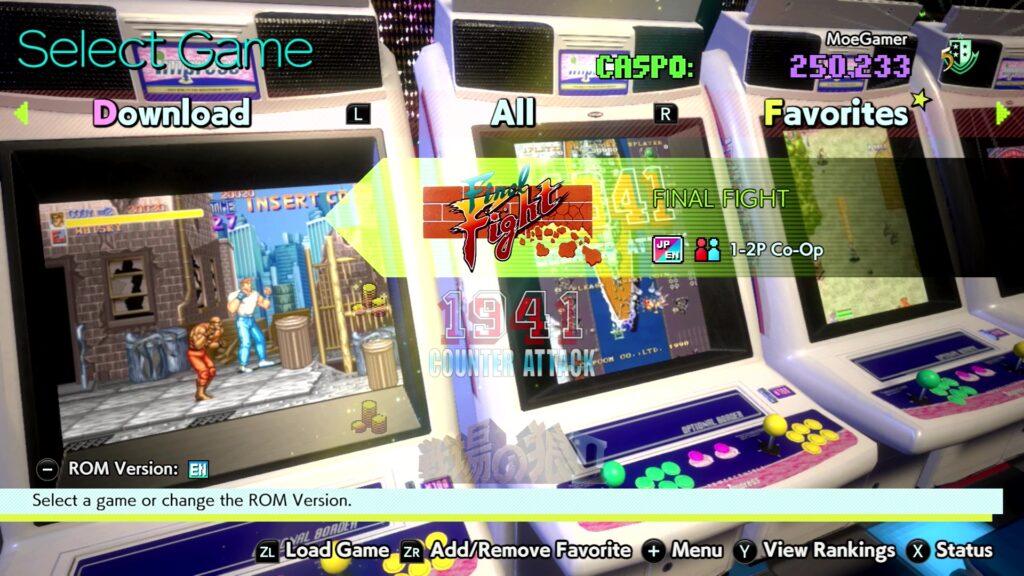
That doesn’t make those subsequent games bad, of course; it simply shows that Final Fight got so many things right first time around that other beat ’em up producers figured that they might as well just do it Capcom’s way, since that seemed to work pretty well. And so it was that Final Fight came to pretty much define an entire genre.
Final Fight was originally positioned as a sequel to Capcom’s first Street Fighter game. Unlike its illustrious sequel, the original Street Fighter had only been a moderate success, so Capcom really wanted to mix things up with its follow-up.
According to producer Yoshiki Okamoto, he drew particular inspiration from Technos Japan’s Double Dragon II: The Revenge from 1988 when initially designing the game, but since Capcom’s sales department had requested a sequel to Street Fighter, Final Fight was initially marketed as Street Fighter ’89 at trade shows, and was originally planned to have Ryu and Ken Masters as the playable protagonists. After feedback from arcade operators that the new game was nothing like the original Street Fighter, however, its name was changed and an original scenario was written.
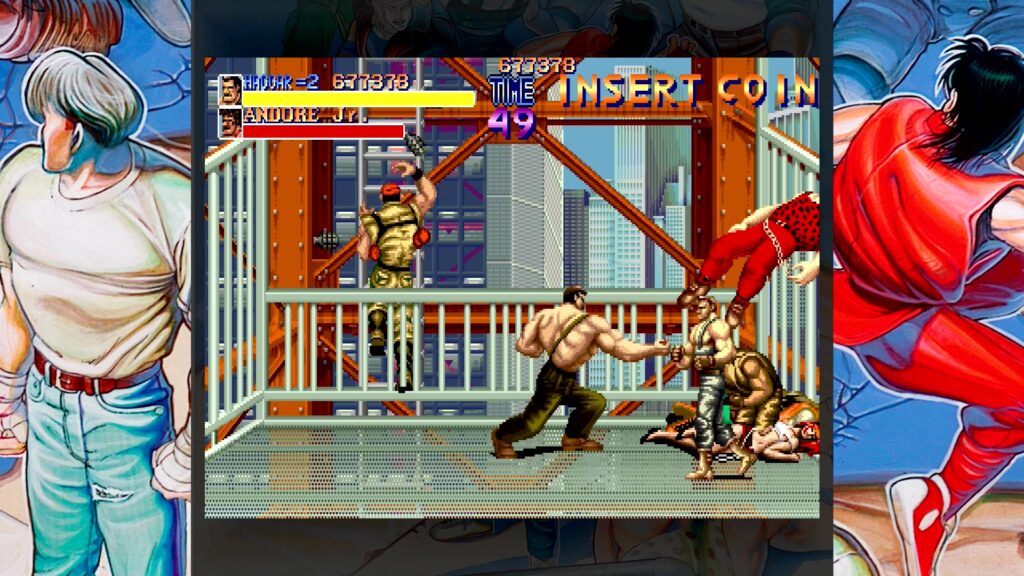
Supposedly, the Final Fight team was briefed to develop the game as if it was a film, with Capcom’s president at the time even going so far as to send them away to watch a selection of movies. This turned out to be a good idea, since a defining characteristic of post-Final Fight beat ’em ups is a rather movie-like structure, with distinct scenes and setpieces telling a wordless narrative as players punch and kick their way through the game as a whole.
There are plenty of fun little references in the game, also. Most of the game’s enemies are named after ’80s rock musicians, for example, and the Andore enemies are based on the famous professional wrestler André the Giant, who was at the height of his popularity during the wrestling boom of the 1980s.
Then, of course, there’s the notorious Poison, who presents as female but who is described as “newhalf” in the Japanese Super Famicom version of Final Fight’s manual. For the unfamiliar, this is a Japanese slang term (widely considered to be offensive today) for transgender women; the slang term “half” in Japanese tends to be used to describe someone whose ancestry is a mixture from both Japanese and other cultures, and so “newhalf” was coined as a term to distinguish someone considered “half male, half female”.
Obviously this is a not particularly sensitive way of putting it, so it’s probably for the best if you avoid using this term in 2022.
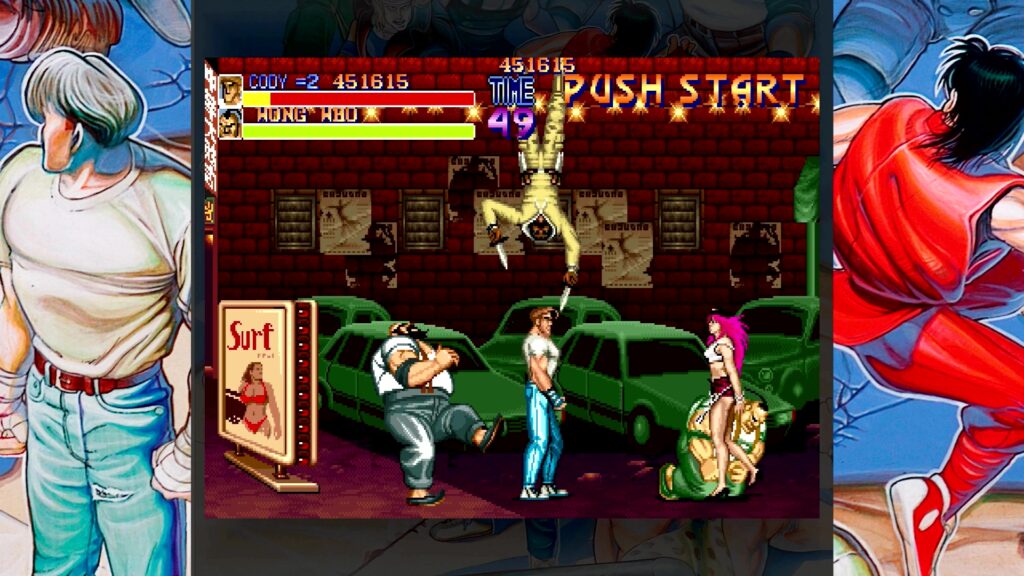
Why does it matter, though? Well, the most common explanation is that Capcom felt people might have a problem beating up women in a game, so made her transgender (or, in their mind, “actually a man”) instead. Obviously this is not in any way an acceptable solution by today’s standards, but in 1989 the world was not as enlightened as it is today. (Nope, today we punch women in video games with impunity.)
Interestingly, the debate over Poison’s status has continued to rage ever since her first appearance, with representatives from Capcom seemingly going back and forth on whether it’s “up to the fans”, whether she’s a crossdresser or whether she’s a transgender woman who has undergone gender reassignment surgery.
Anyway, since there are no real concrete answers to Poison’s identity, we’ll take the Capcom approach and leave it up to you as you what you personally believe. Regardless, she’d prefer she/her pronouns, if you please, and ultimately so long as she gets that respect, the details don’t really matter.
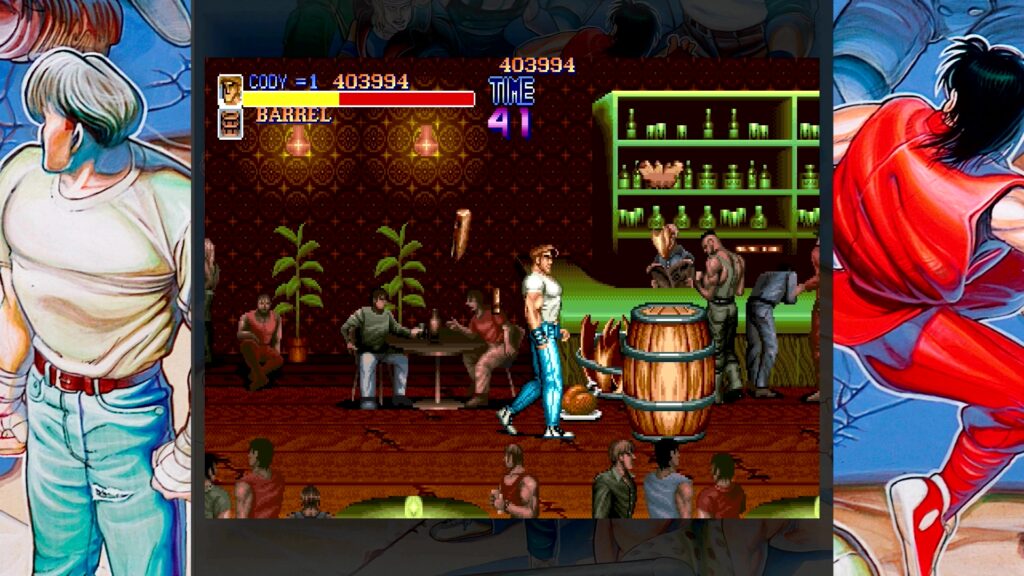
What were we talking about? Oh, right, Final Fight. Yes, it’s a good beat ’em up, with large, chunky sprites, satisfying sound effects and interesting encounter design. Unfortunately, like many other Capcom arcade games, it’s also in possession of a formidable difficulty spike, this time occurring around the third stage or so. As we’ve already talked about, Final Fight had many positive impacts on the beat ’em up genre, but unfortunately it also somewhat solidified their reputation as absolute credit-munchers.
The first couple of stages can likely be cleared by even the most casual of beat ’em up players without too much difficulty. But from thereon, things ramp up considerably — including a truly awful section where you’re expected to fight amid flames erupting from the floor in hard-to-predict patterns. Enemies come in greater numbers, armed with longer-reaching attacks and special weapons, and it can all get a bit overwhelming.
It’s never quite impossible, though — particularly if you’ve brought a friend along for the ride. Final Fight, although jumping sharply up in difficulty around this point, feels like it’s a game that can ultimately be mastered.
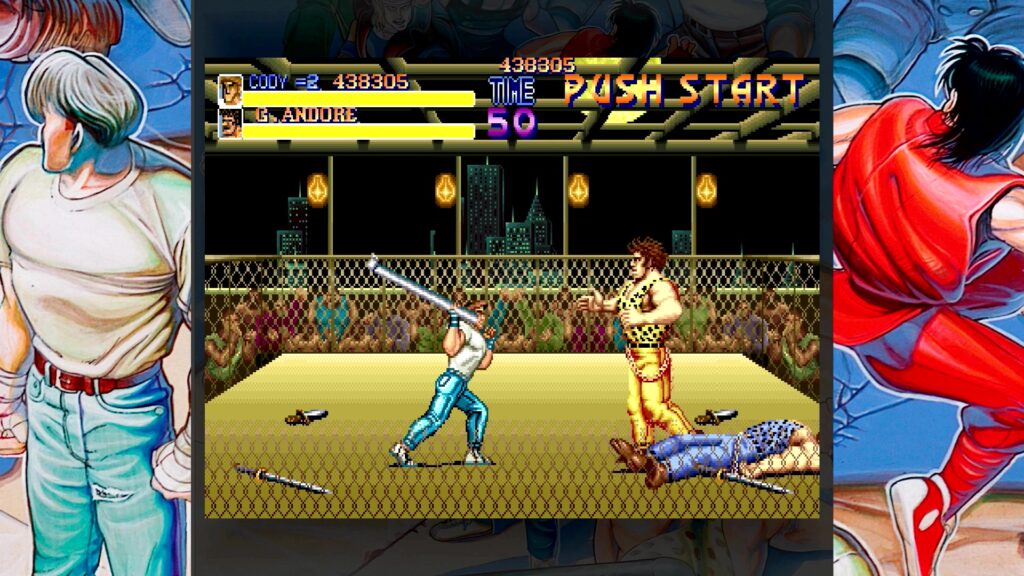
Different enemies have distinct ways in which they can be dealt with relatively safely, whether that’s the old faithful beat ’em up tactic of approaching diagonally and throwing, or making use of weapons with a long reach to keep your distance from enemies’ powerful close-up attacks. And, to provide some replayability, each of the three playable characters feel like they best handle enemies in different ways, too.
Final Fight has aged extraordinarily well for the most part. It’s still one of the most beautifully presented games in Capcom’s back catalogue, with detailed backdrops and enormous, wonderfully animated sprites. The basic gameplay is straightforward but solid — though fans of later beat ’em ups may find themselves missing slightly later conventions such as the ability to run — and the sound effects are satisfying. My personal weak point of the game is the music, which is unremarkable at best and a nightmarish cacophony at worst.
Weaknesses (and controversies) aside, Final Fight remains a game well worth playing today, whether it’s as part of the Capcom Arcade Stadium collection, or via alternative means such as the built-in version on the Evercade EXP. It set the template for an entire genre for decades after its original release, and still feels fresh and exciting to play today. So if somehow you’re yet to give it a shot for yourself, consider it highly recommended!
Join The Discussion
Rice Digital Discord
Rice Digital Twitter
Rice Digital Facebook
Or write us a letter for the Rice Digital Friday Letters Page by clicking here!
Disclosure: Some links in this article may be affiliate links, which means we may earn a small commission if you make a purchase after clicking on them. This is at no additional cost to you and helps support Rice Digital!
- Letter from the Editor: passing the torch - June 30, 2023
- Super Woden GP 2 is looking promising - June 30, 2023
- Inti Creates is making a 32 bit-style Love Live action platformer - June 26, 2023





